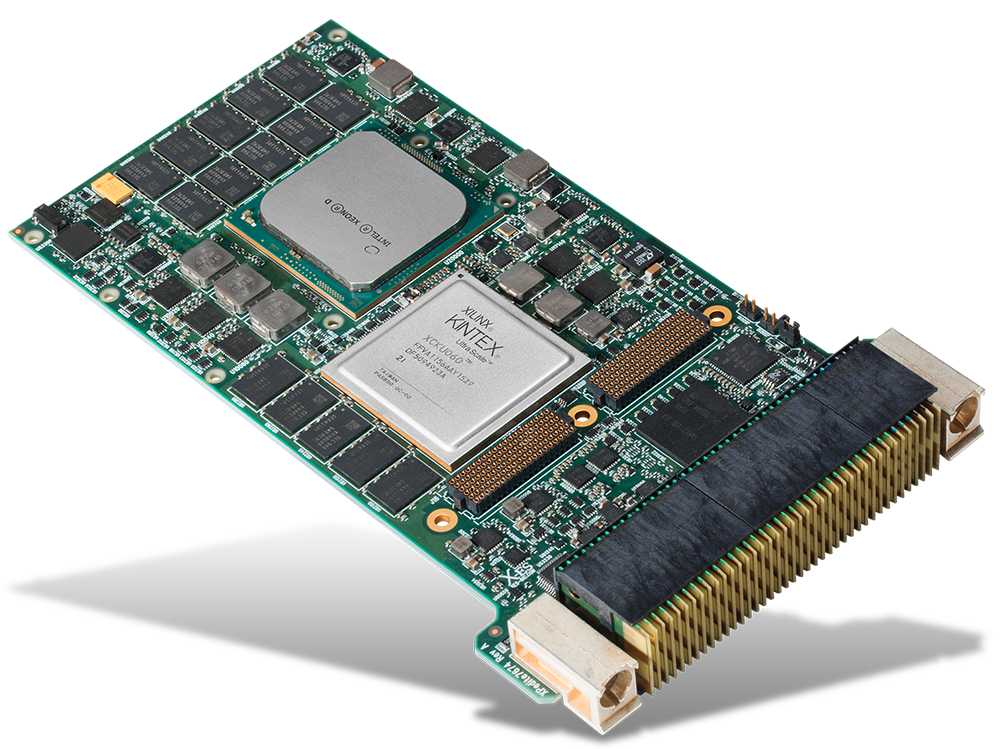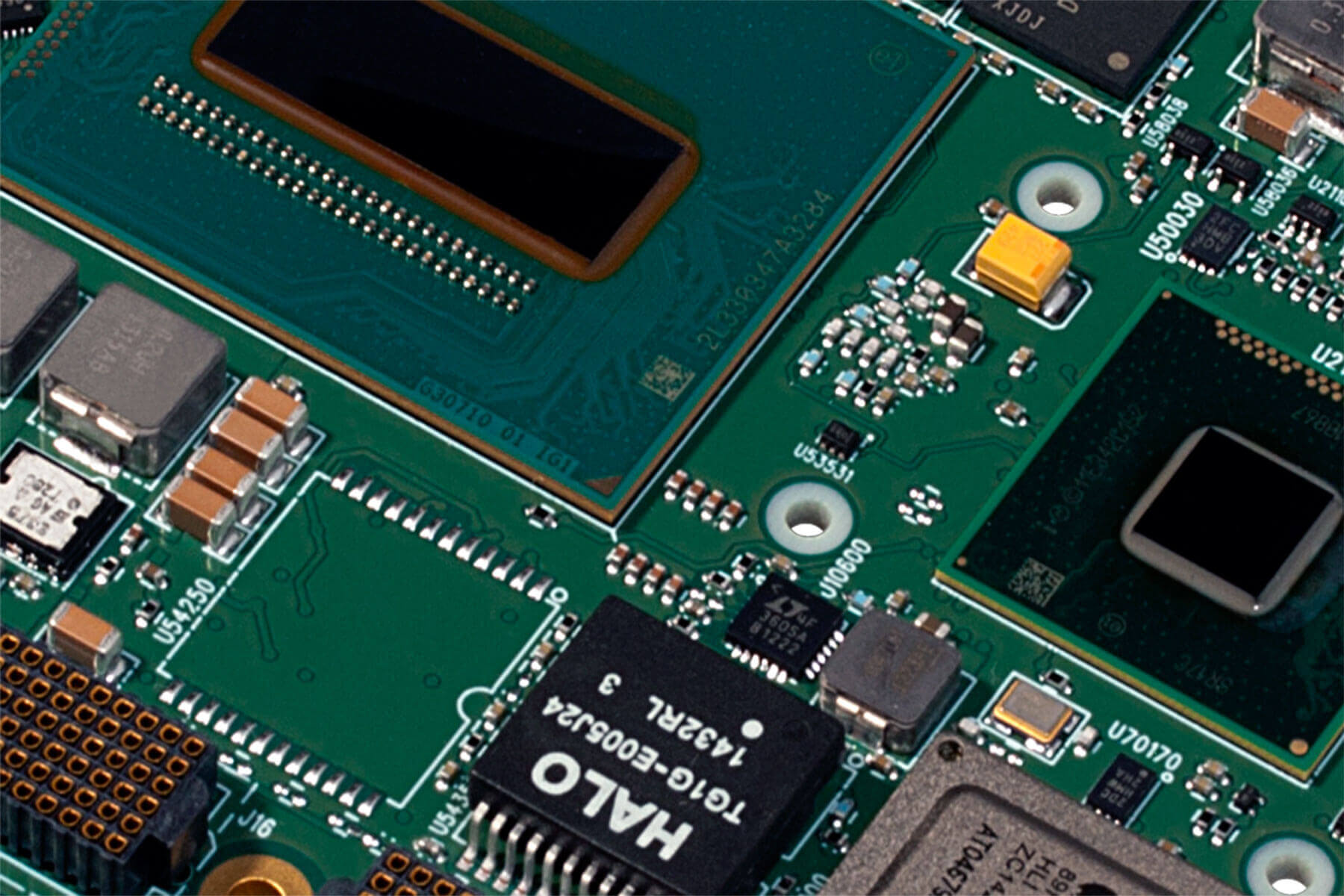Unified Extensible Firmware Interface (UEFI)

A Boot Firmware Solution for Embedded Systems
The unique implementation challenges of embedded systems call for a more robust boot firmware than the traditional BIOS (Basic Input/Output System). X-ES products support the Unified Extensible Firmware Interface (UEFI) specification, which was designed as an improvement on BIOS.
Like BIOS, UEFI is the very first thing your system runs when you turn it on. UEFI performs a power-on self-test (POST) to check for any hardware issues. After it has determined that everything is working correctly and has performed a credential check, UEFI then boots the operating systems and sets various hardware options.
SBCs and mezzanines with Intel® processors from X-ES use the InsydeH20® UEFI, which implements the industry-standard modern specification backed by Intel® and other market leaders. X-ES also has in-house UEFI engineers with the expertise to help you meet your specific needs.
Why UEFI?
While computers and other systems have become vastly more powerful and elaborate over the years, the traditional BIOS has stayed pretty much the same, relying in some cases on decades-old architecture. This might be fine for booting up laptops or other simple systems, but the complexity and interconnectedness of embedded systems can lead BIOS to stumble right out of the gate, potentially causing configuration issues, boot failures, and performance lag, all of which can be complicated to troubleshoot.
UEFI improves on the traditional BIOS by offering faster boot times, better performance and security, and increased flexibility for ease of implementation.


Industry Standard
Platforms throughout the industry trust UEFI as reliable and safe. Almost all operating systems support UEFI, including those that don’t necessarily support coreboot. You can think of UEFI as the “common denominator” of all Intel® processors, supporting all Intel® functionality and features.
X-ES uses InsydeH20®, which is hailed as the most widely used UEFI in production. It’s also backwards compatible with any legacy BIOS boot methods you might also be relying on.
Fully Configurable
UEFI is designed to work right out of the box, but it also offers runtime configuration. A command-line shell serves as a user interface for diagnostics and scripting.
UEFI also supports a network stack for FTP/TFTP file downloads. The current generation of our UEFI supports TFTP, while older generations support FTP.
Built-in Security
UEFI uses Secure Boot, an out-of-the-box, industry-standard verified boot implementation. Secure Boot validates digital signatures and blocks any UEFI drivers, operating system loaders, or other bootable applications that have invalid or missing credentials.
X-ES also enhances our UEFI implementations with SPI Lock, a hardware- and software-based write-protection mechanism, to ensure that software does not intentionally or accidentally alter UEFI firmware or settings without permission.
In short, you can rest assured that everything UEFI boots is trusted.
What Can X-ES Do with UEFI?
![]()
Ensure more consistent boot times
![]()
Fix common problems known
to affect embedded systems
![]()
Support your unique
interoperability needs
![]()
Enable write-protection
Experienced, Targeted Troubleshooting
Embedded systems face many challenges and edge cases that simpler UEFI implementations don’t.
At X-ES, we can work with you to overcome any hurdles.
Contact us